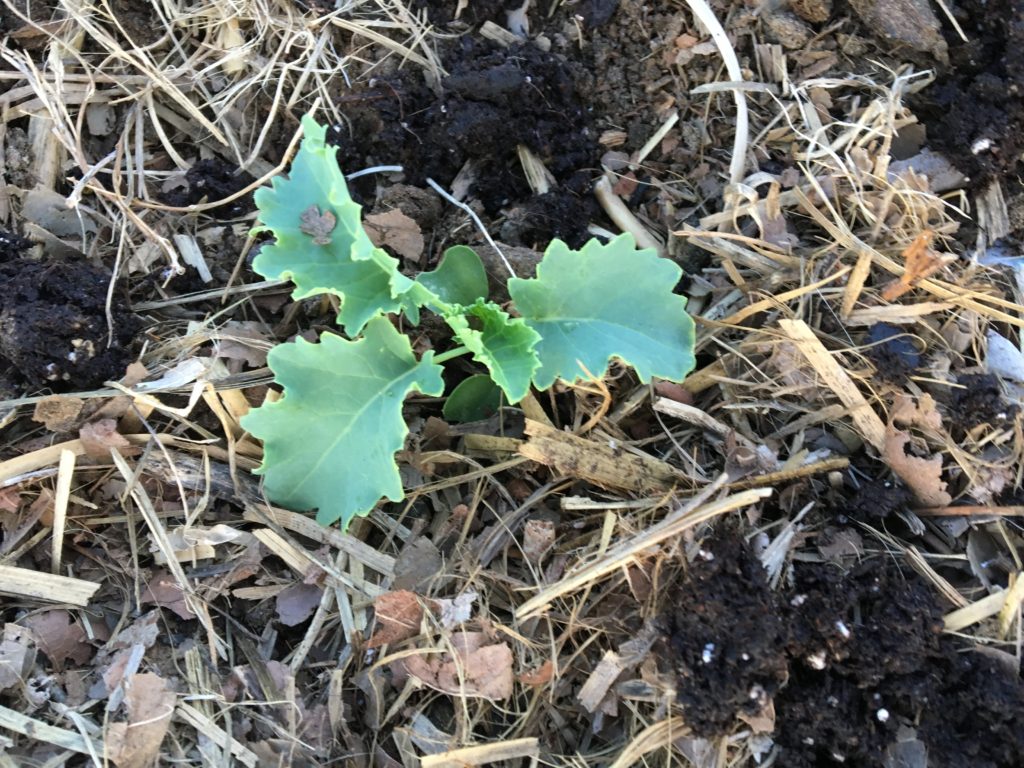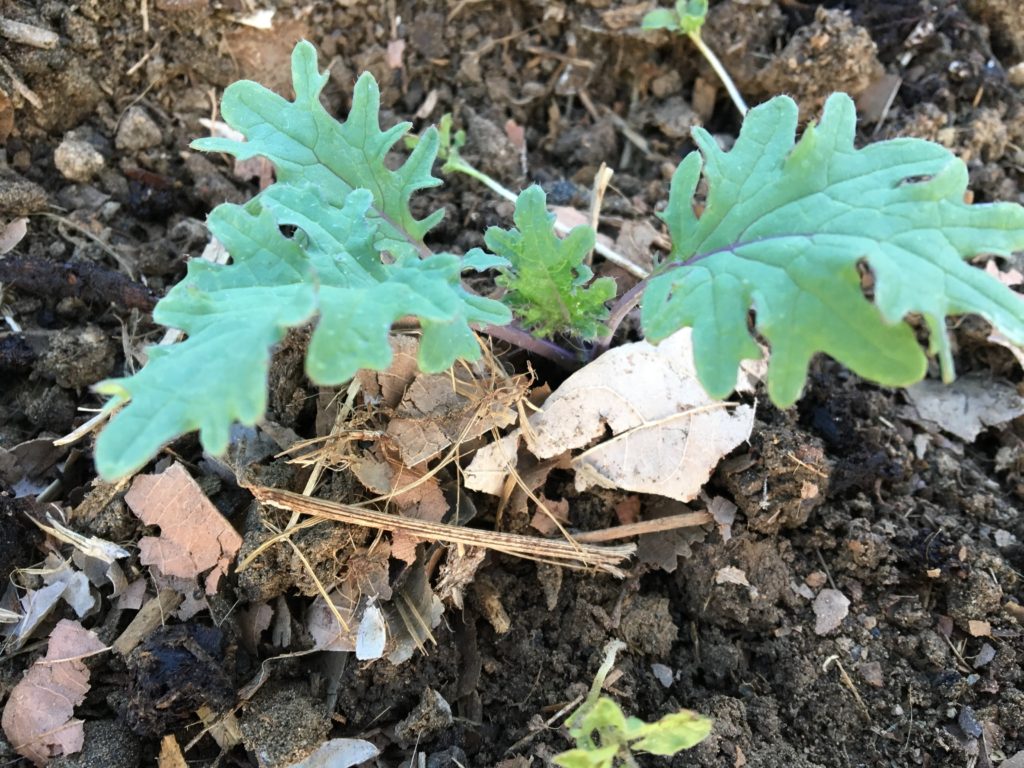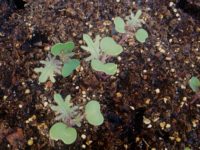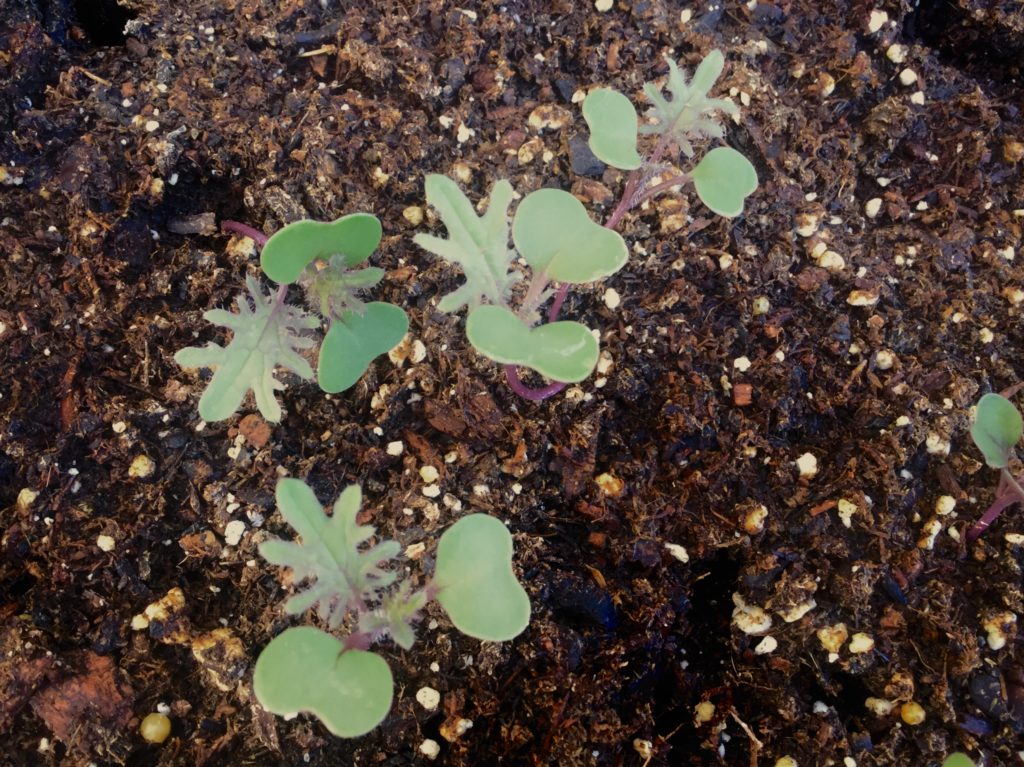My heart beats green. Really. The place in my heart reserved for all that is green and growing is so big its basically green. The earth and all her offerings heal me, from good food, to the beauty, to physically healing me with its medicines. Through the years I have read extensively, taken many classes and enrolled in schools for herbal medicine and traditional healing. As I have journeyed and researched I’ve grown a small collection of my favorite medicinal plants and have integrated them into our lives here on the farm.
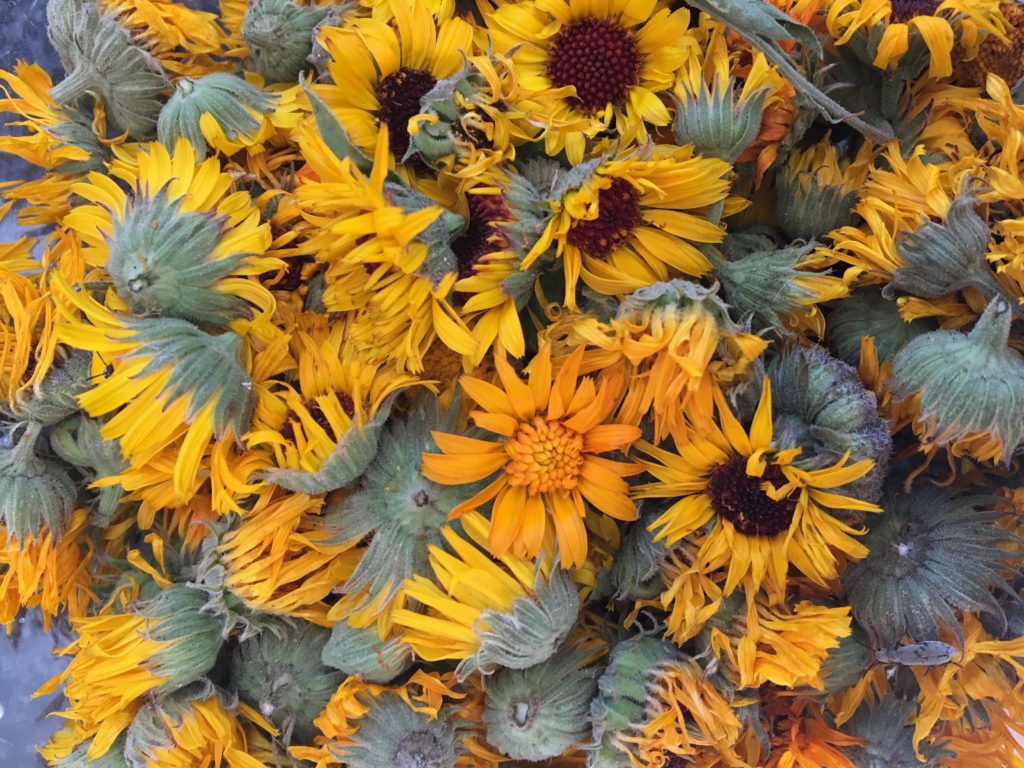
Calendula flowers, wonderful for supporting skin, digestion and immune system. These will be infused in olive oil for about six weeks then made into salve that is perfect for soothing irritated skin.
While there is no set season for harvesting medicinal plants, it really depends on the plant and what you are harvesting, it seems that fall is when I do most of my gathering and brewing. I’ve been busy picking all the leaves, flowers, berries and roots and getting them soaking in tinctures, oils, honey, vinegar and syrups so they can either be consumed or made into other products.
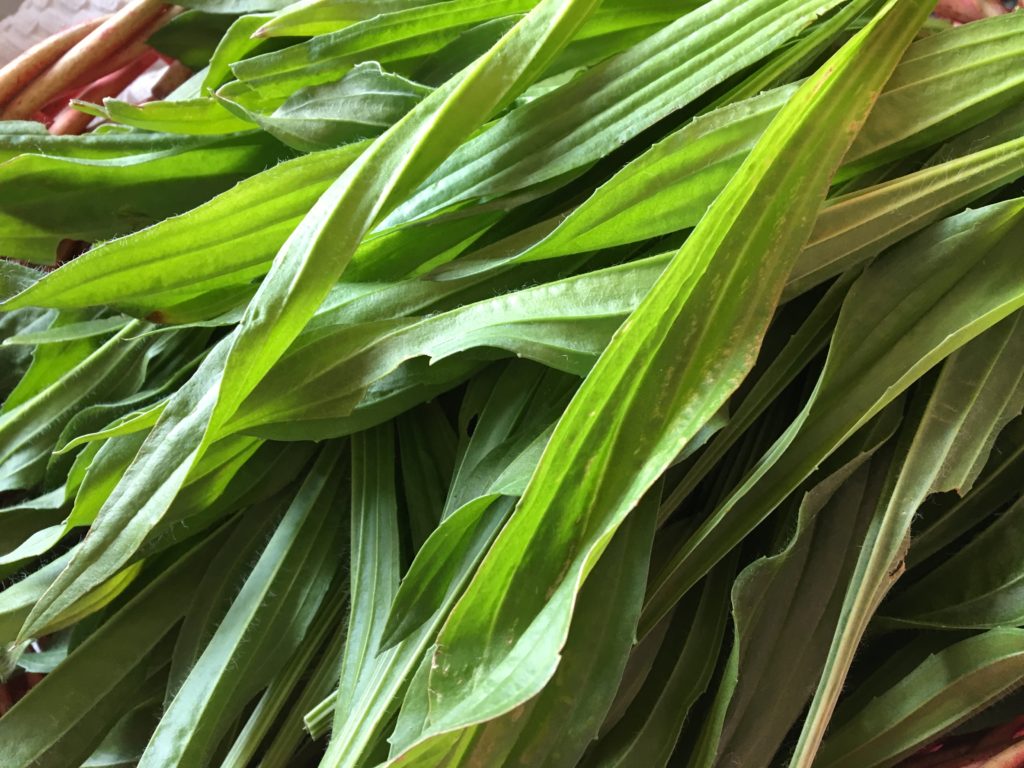
Plantain, this beautiful weed that is a powerful skin healer for cuts and scrapes. My favorite use is to sooth insect bite, especially mosquitoes. This batch will be infused in olive oil and made into my famous bug balm.
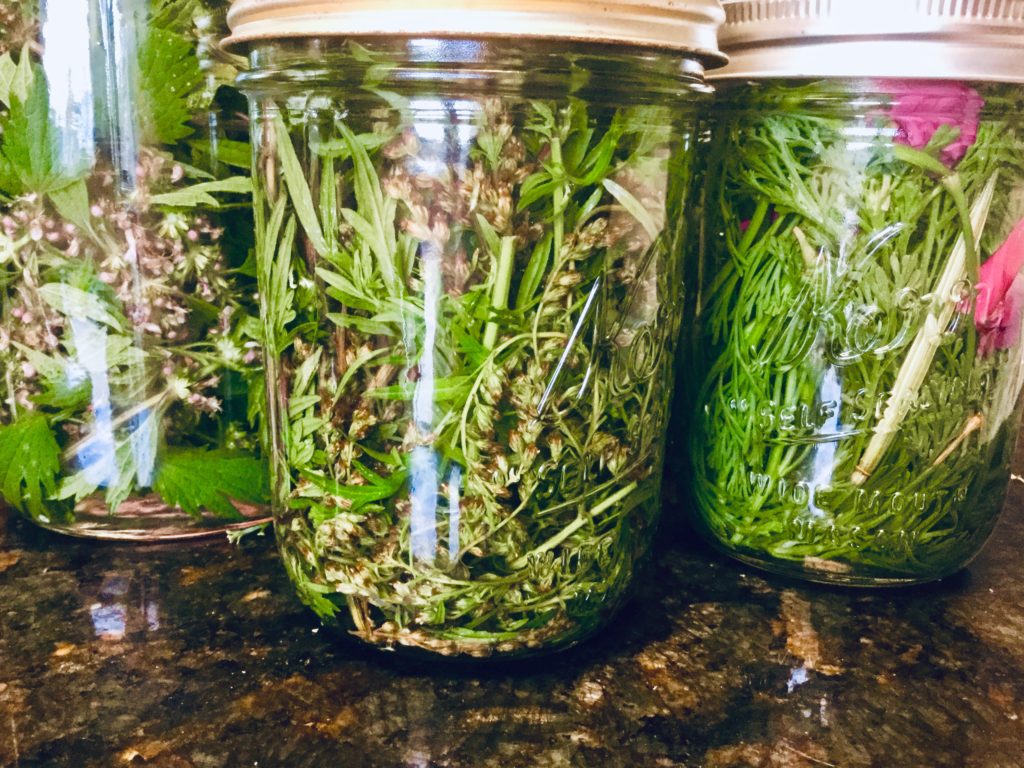
From right to left we have Motherswort, Croneswort and California Poppy. They are being infused in vodka for tinctures specific to supporting women’s health. The Motherswort and California Poppy also go into my Serenity tincture.
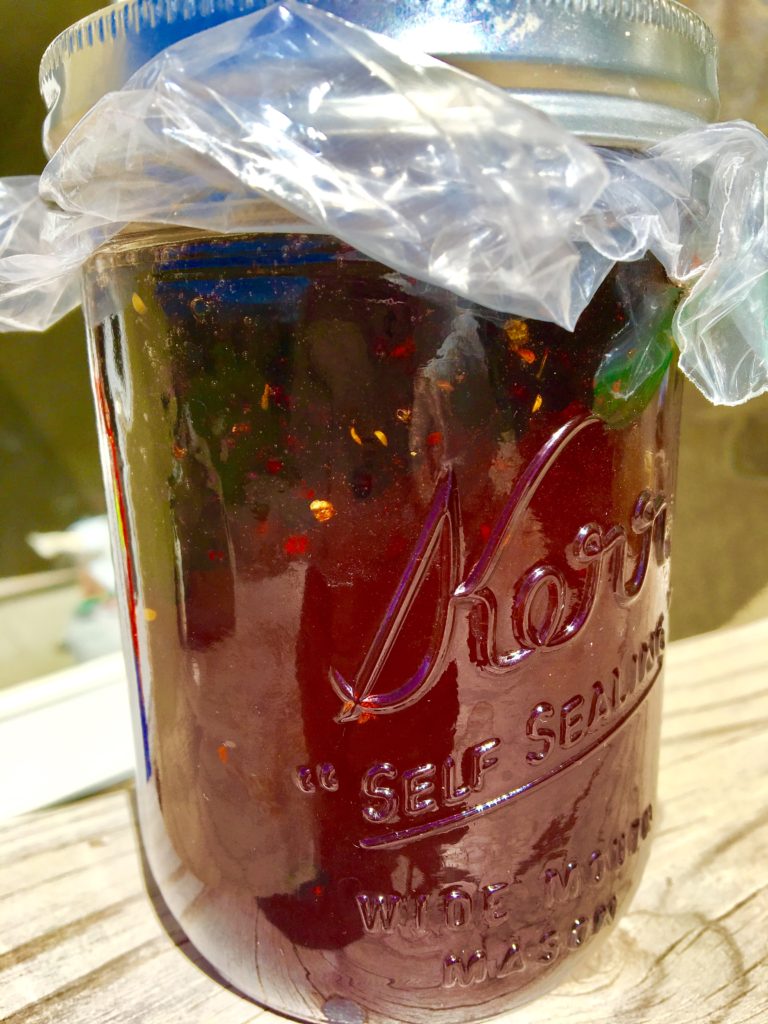
Honey infused with fresh Elderberry. I use this to help sooth coughs and sore throats. Its made with raw honey we harvested on the farm a few years ago and save for medicinal purposes.
I plan on expending my booth at the farmers market next season to include herbal remedies and soaps, winter is the perfect time to prepare for that, as the garden rests and I have a break to focus on other passions. My mind has been a flurry of ideas and formulas that I can make to help others support their health and happiness.

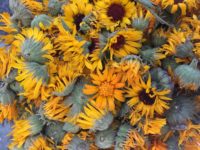
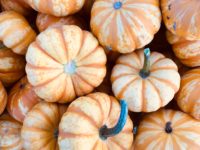
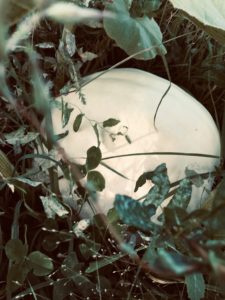 Autumn is one of my most favorite times of the year. I most likely say that at the beginning of every new season, I am glad to live in an area of the world where I get to have four seasons, I like the variety and anticipation that each season brings. That being said, Autumn is one of my favorites, I don’t tire of it quickly and I love the cool nights, the harvest, the fall colors, snuggling in front of the first fire of the season. Its such a lovely time of year. I must confess another reason I love autumn is my love affair with pumpkins. Seriously they are the mostly beautiful and interesting of all vegetables. I love the typical jack-o-lantern style and I love the old heirloom varieties, the kind that people have been growing in France for five hundred years. I love them all. I have to restrain myself every spring as I plan and plant my garden so I don’t plant too many. I so enjoy pumpkins.
Autumn is one of my most favorite times of the year. I most likely say that at the beginning of every new season, I am glad to live in an area of the world where I get to have four seasons, I like the variety and anticipation that each season brings. That being said, Autumn is one of my favorites, I don’t tire of it quickly and I love the cool nights, the harvest, the fall colors, snuggling in front of the first fire of the season. Its such a lovely time of year. I must confess another reason I love autumn is my love affair with pumpkins. Seriously they are the mostly beautiful and interesting of all vegetables. I love the typical jack-o-lantern style and I love the old heirloom varieties, the kind that people have been growing in France for five hundred years. I love them all. I have to restrain myself every spring as I plan and plant my garden so I don’t plant too many. I so enjoy pumpkins.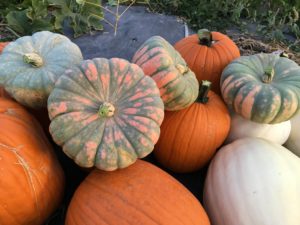
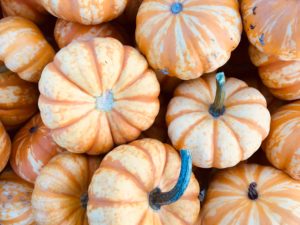
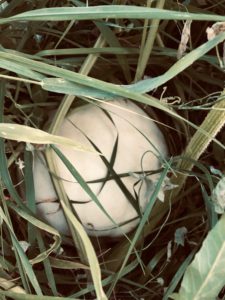
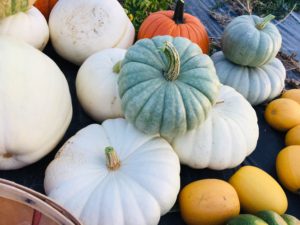
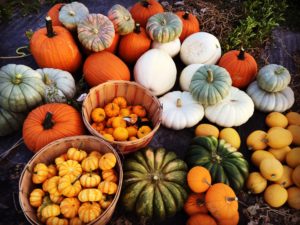
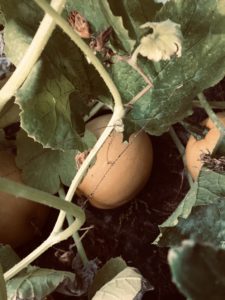
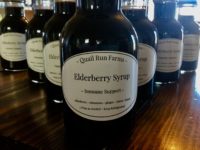
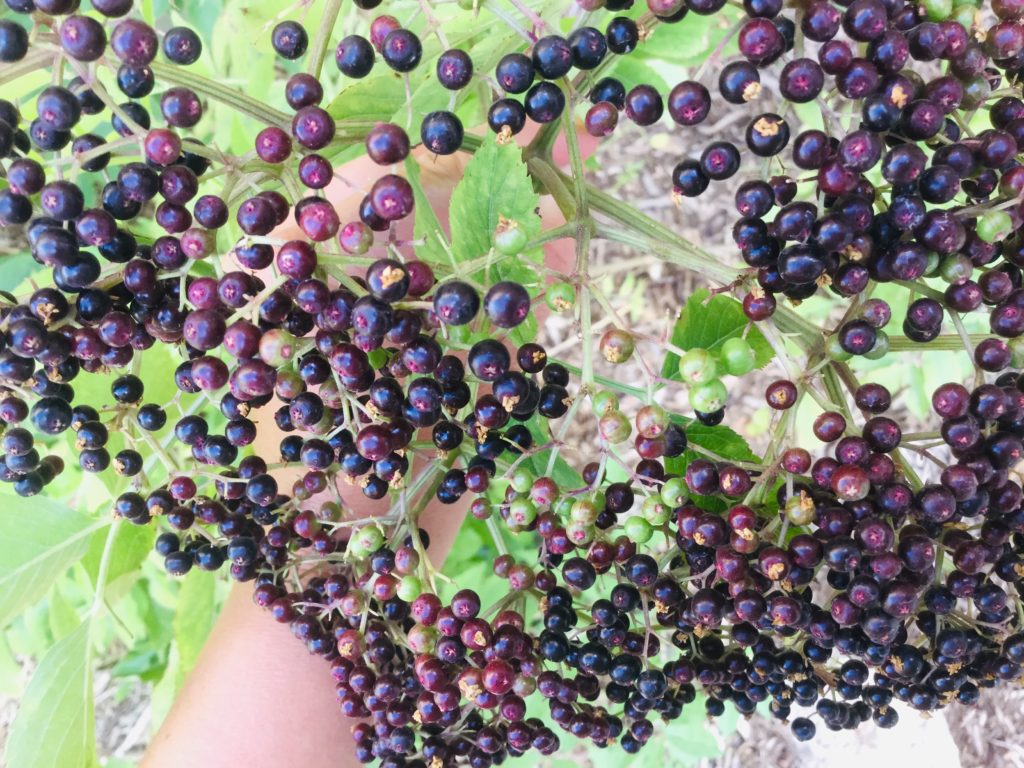
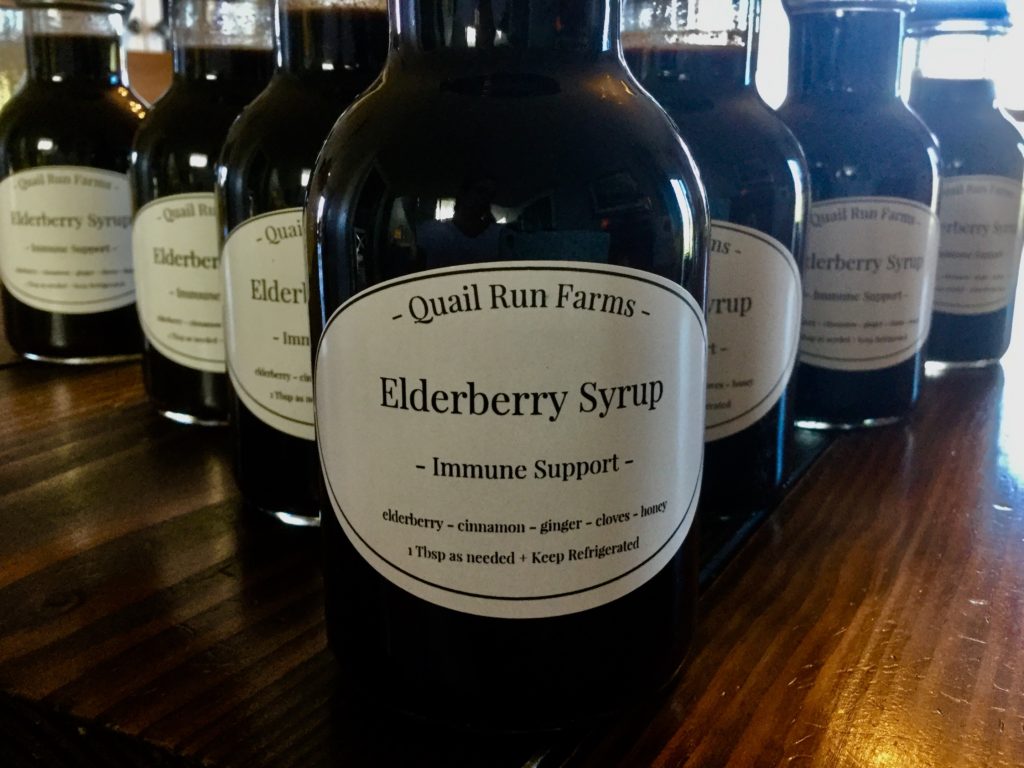
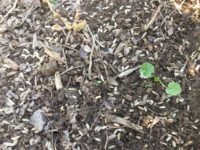
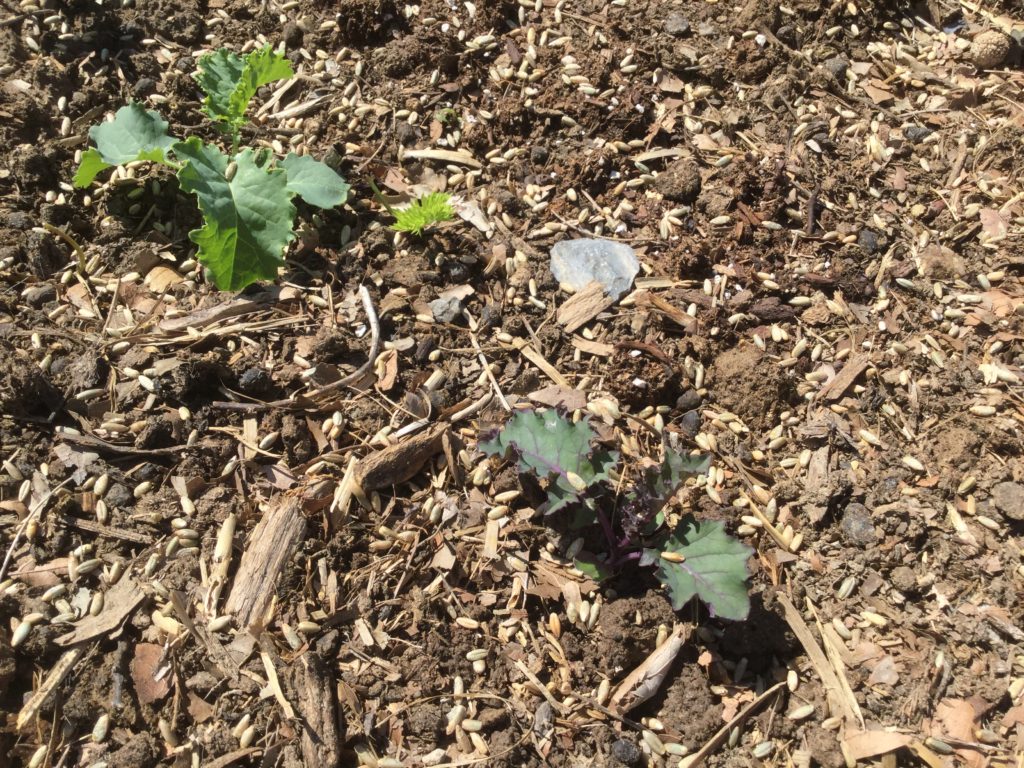
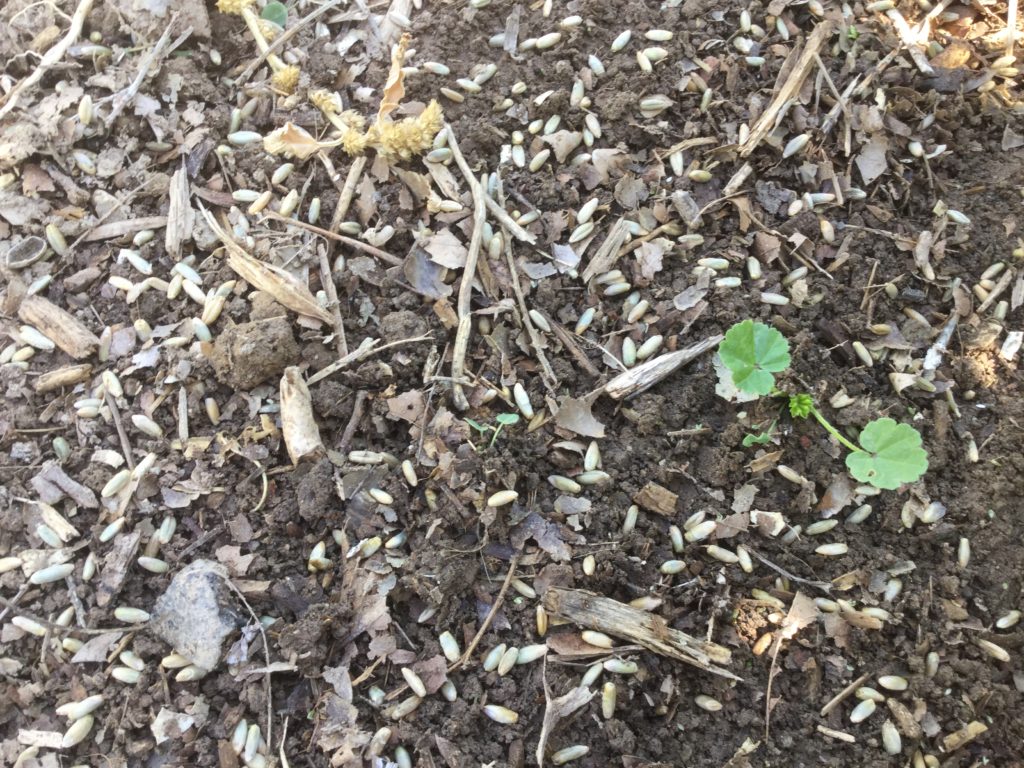
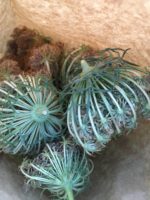
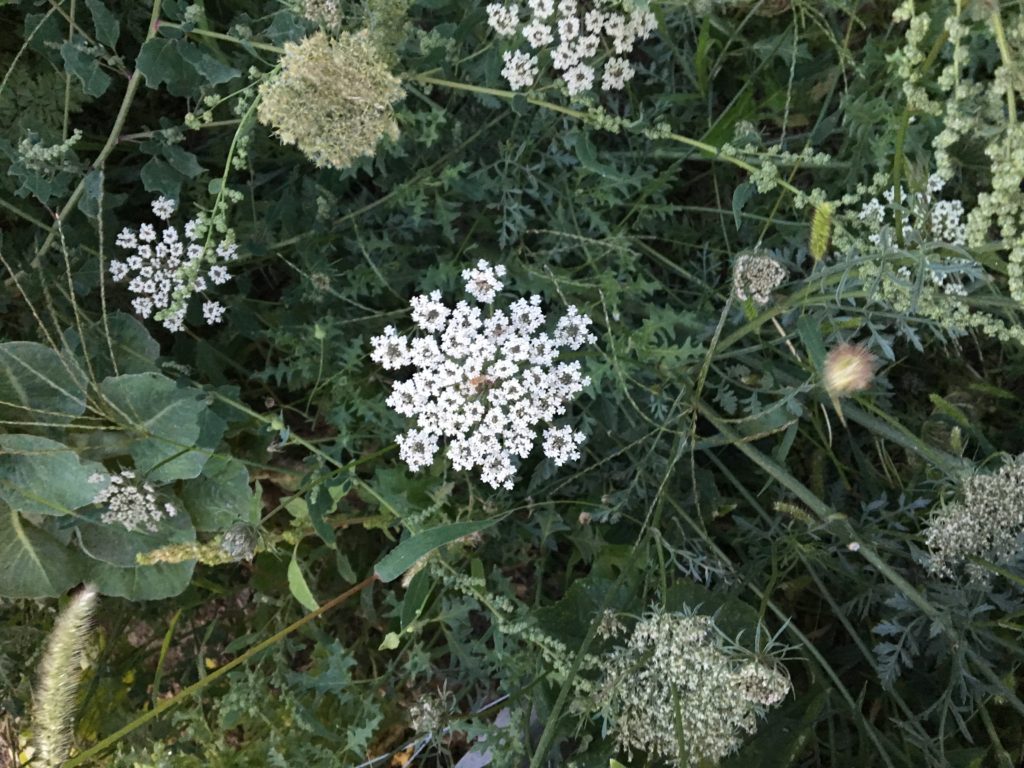 A few years ago I bought carrots seeds and the strangest thing happened. Instead of producing an edible root (well it may have been edible, but they certainly weren’t palatable) they went right to flower. This is strange, in that clearly I didn’t get the correct seed and typically plants in the carrot family are biannual and flower on their second year. It was a lovely mistake and I had a whole 50×4 foot row of beautiful Queen Ann’s Lace type flowers. I soon discovered that they were even better than beautiful, the bugs LOVED them. I had so many different types of pollinators that year that I decided they would always have a place in my garden. This has been quite easy in that they readily reseed themselves. In a permaculture garden it is very important to have plants that attract pollinators, the term is usually coined “pollinator strips”. We are preparing some new markets gardens from virgin land and will be adding perennial rows with bushes a few trees and flowers galore to attract pollinators. It is very easy to gather seeds from these flowers. As the flowers mature and the seeds ripen the heads curl inward, almost making a cup, I just clip off the head and drop it into a paper sack for safe keeping over the winter. This spring when its time to get our strips, or beds, of perennial plants ready those seeds will find a new home.
A few years ago I bought carrots seeds and the strangest thing happened. Instead of producing an edible root (well it may have been edible, but they certainly weren’t palatable) they went right to flower. This is strange, in that clearly I didn’t get the correct seed and typically plants in the carrot family are biannual and flower on their second year. It was a lovely mistake and I had a whole 50×4 foot row of beautiful Queen Ann’s Lace type flowers. I soon discovered that they were even better than beautiful, the bugs LOVED them. I had so many different types of pollinators that year that I decided they would always have a place in my garden. This has been quite easy in that they readily reseed themselves. In a permaculture garden it is very important to have plants that attract pollinators, the term is usually coined “pollinator strips”. We are preparing some new markets gardens from virgin land and will be adding perennial rows with bushes a few trees and flowers galore to attract pollinators. It is very easy to gather seeds from these flowers. As the flowers mature and the seeds ripen the heads curl inward, almost making a cup, I just clip off the head and drop it into a paper sack for safe keeping over the winter. This spring when its time to get our strips, or beds, of perennial plants ready those seeds will find a new home.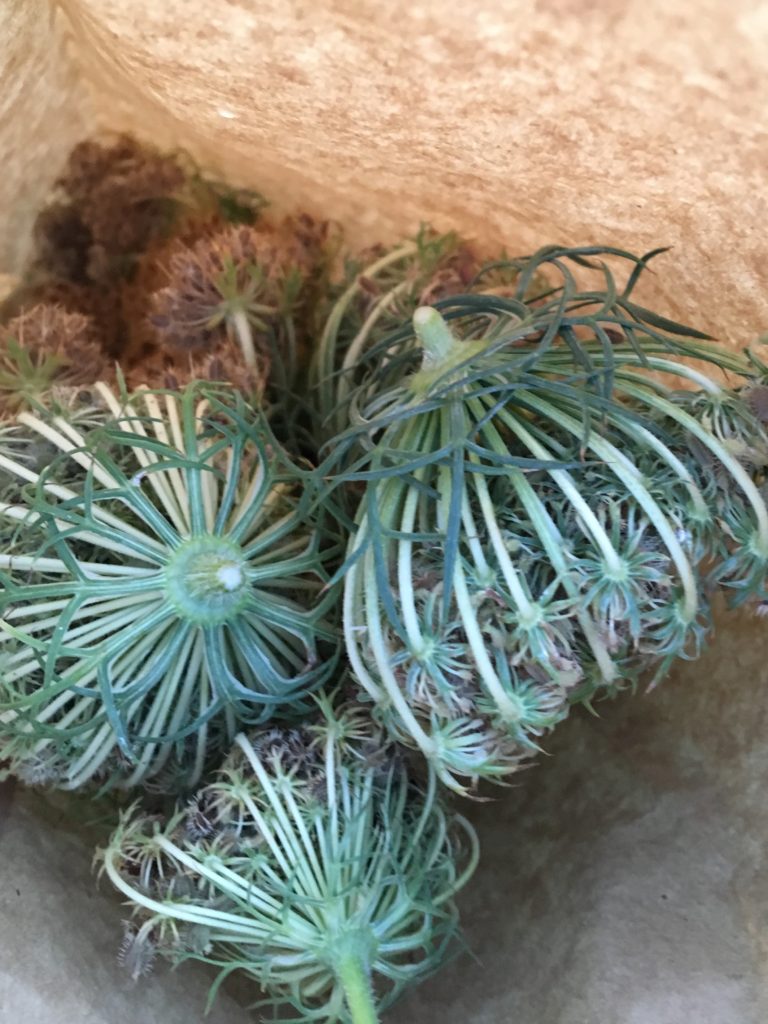
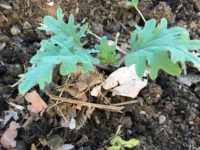
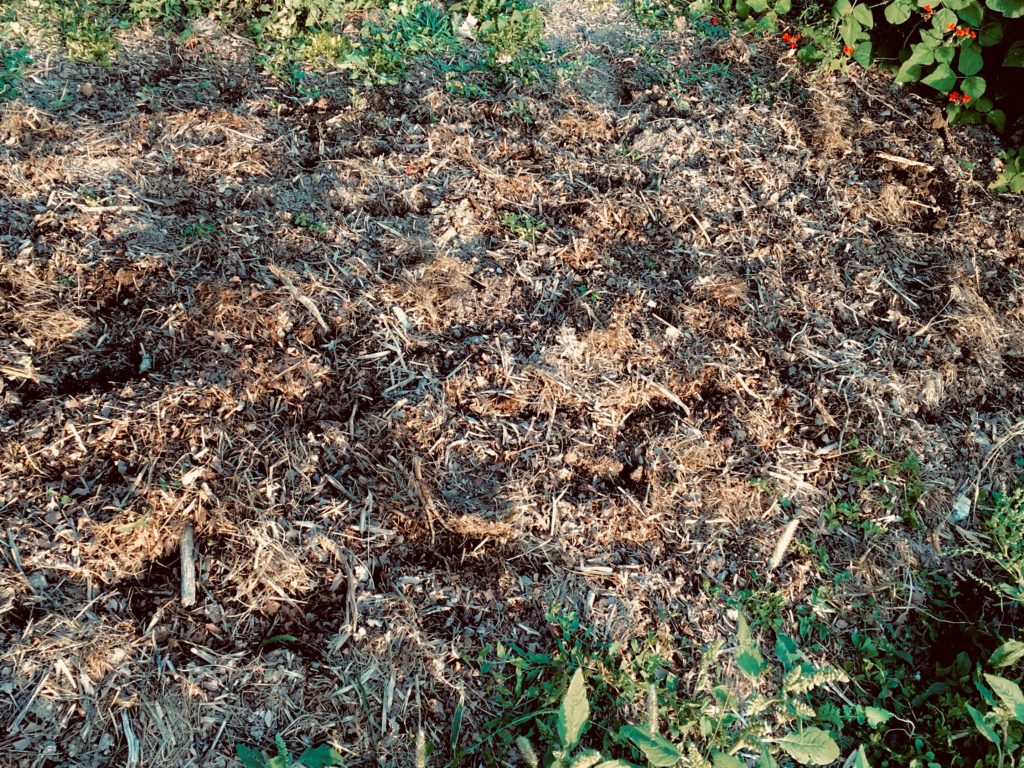
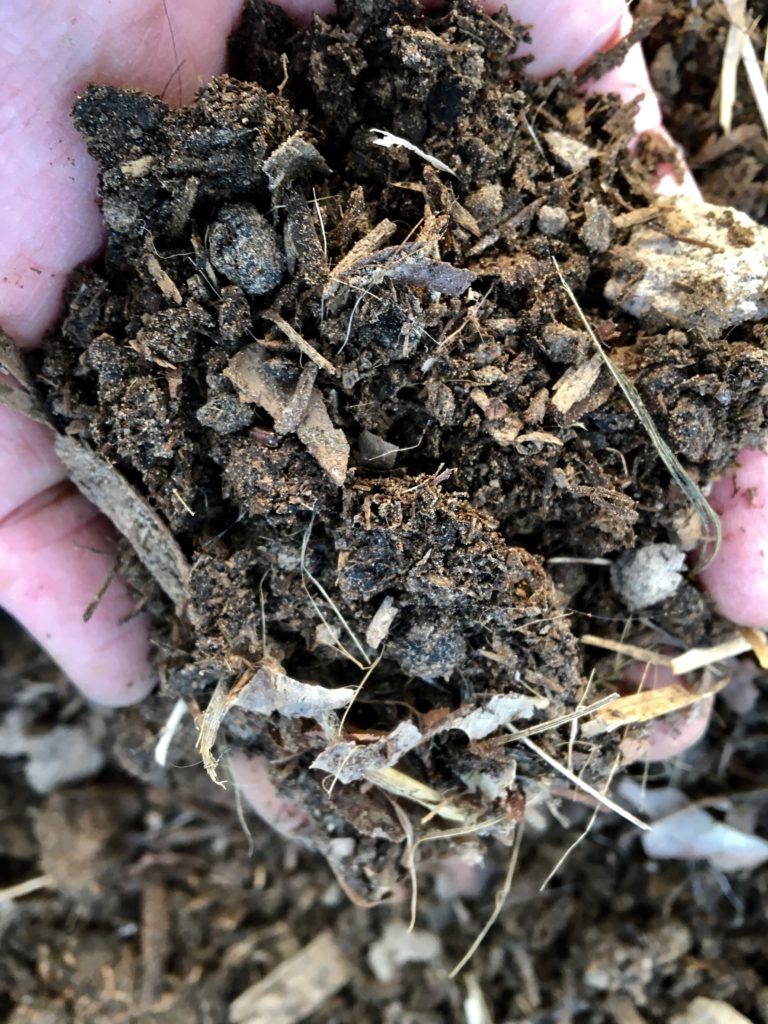
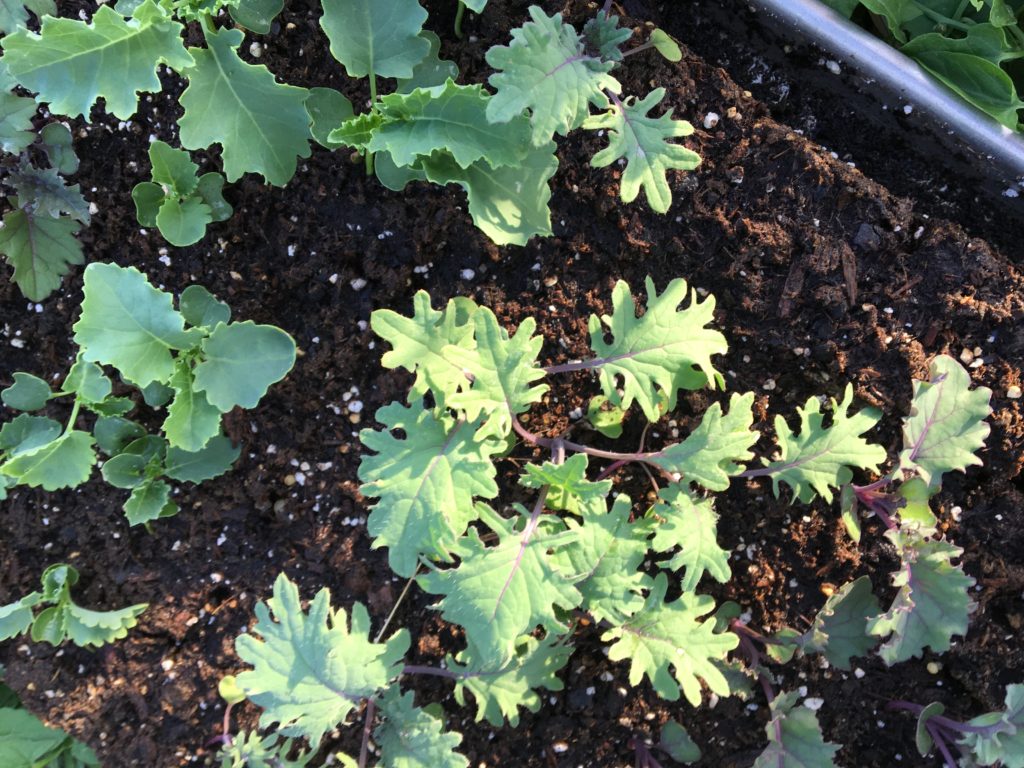 The little kale I had written about earlier are now big enough to go out into the garden. I prepared the bed, not with tilling, but using a fork I gently aerated, just lifting the fork a little, but not turning over the soil. The less disturbed it is the better for the soil health. I also added a nice layer or compost and gently raked it in.
The little kale I had written about earlier are now big enough to go out into the garden. I prepared the bed, not with tilling, but using a fork I gently aerated, just lifting the fork a little, but not turning over the soil. The less disturbed it is the better for the soil health. I also added a nice layer or compost and gently raked it in.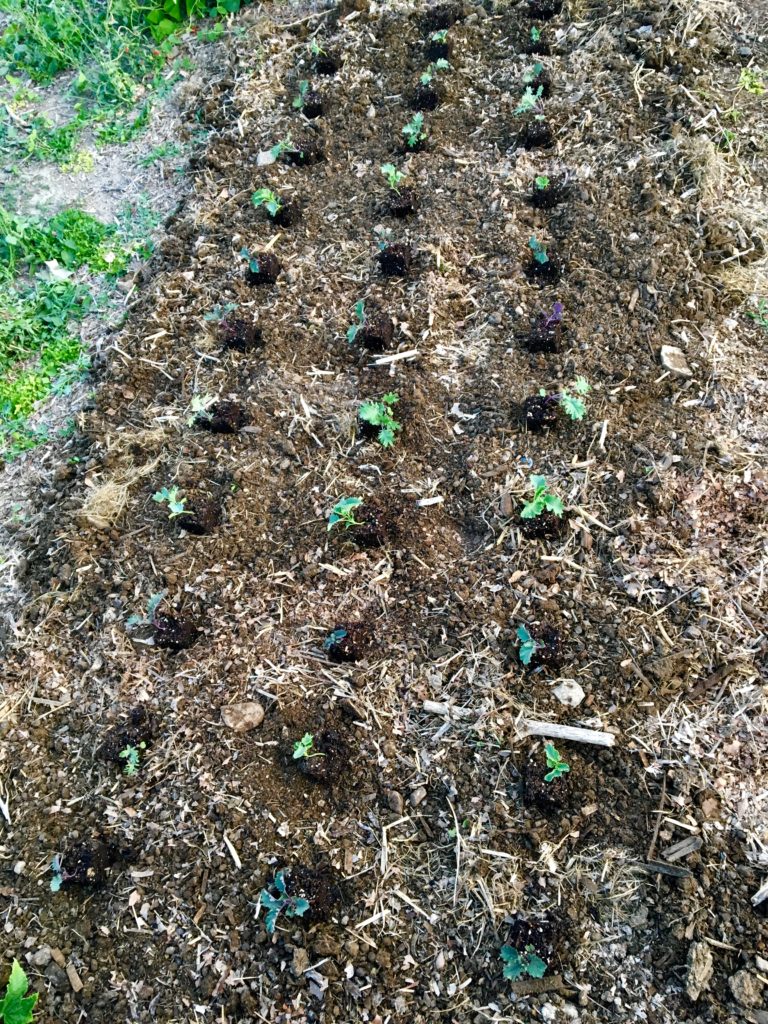 The seedlings were spaced evenly and planted with great care. I’m hoping to have some winter vegetables to add to the soup pot and perhaps have some to sell at market.
The seedlings were spaced evenly and planted with great care. I’m hoping to have some winter vegetables to add to the soup pot and perhaps have some to sell at market.